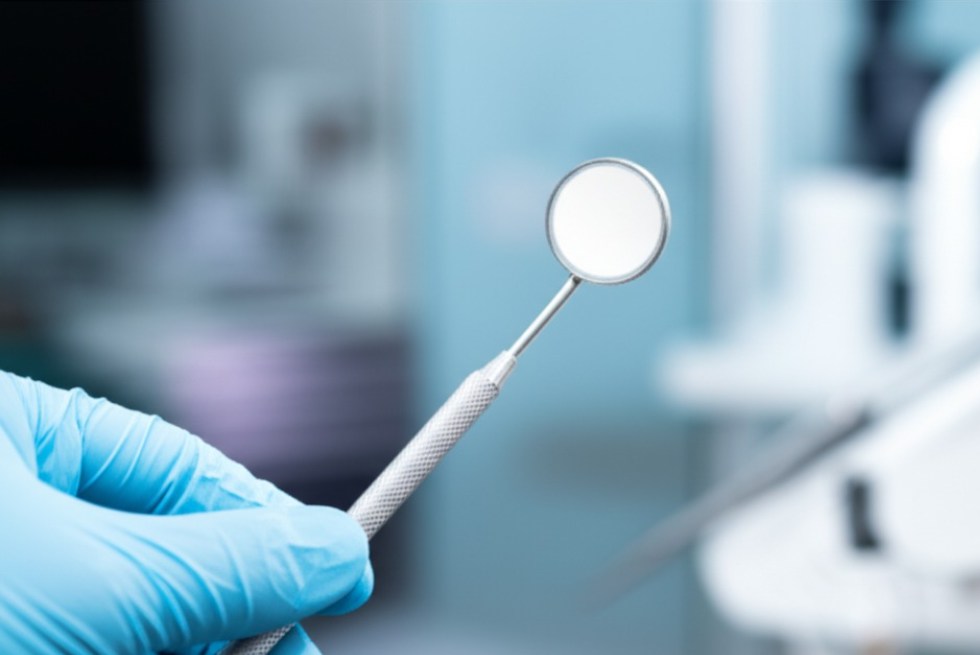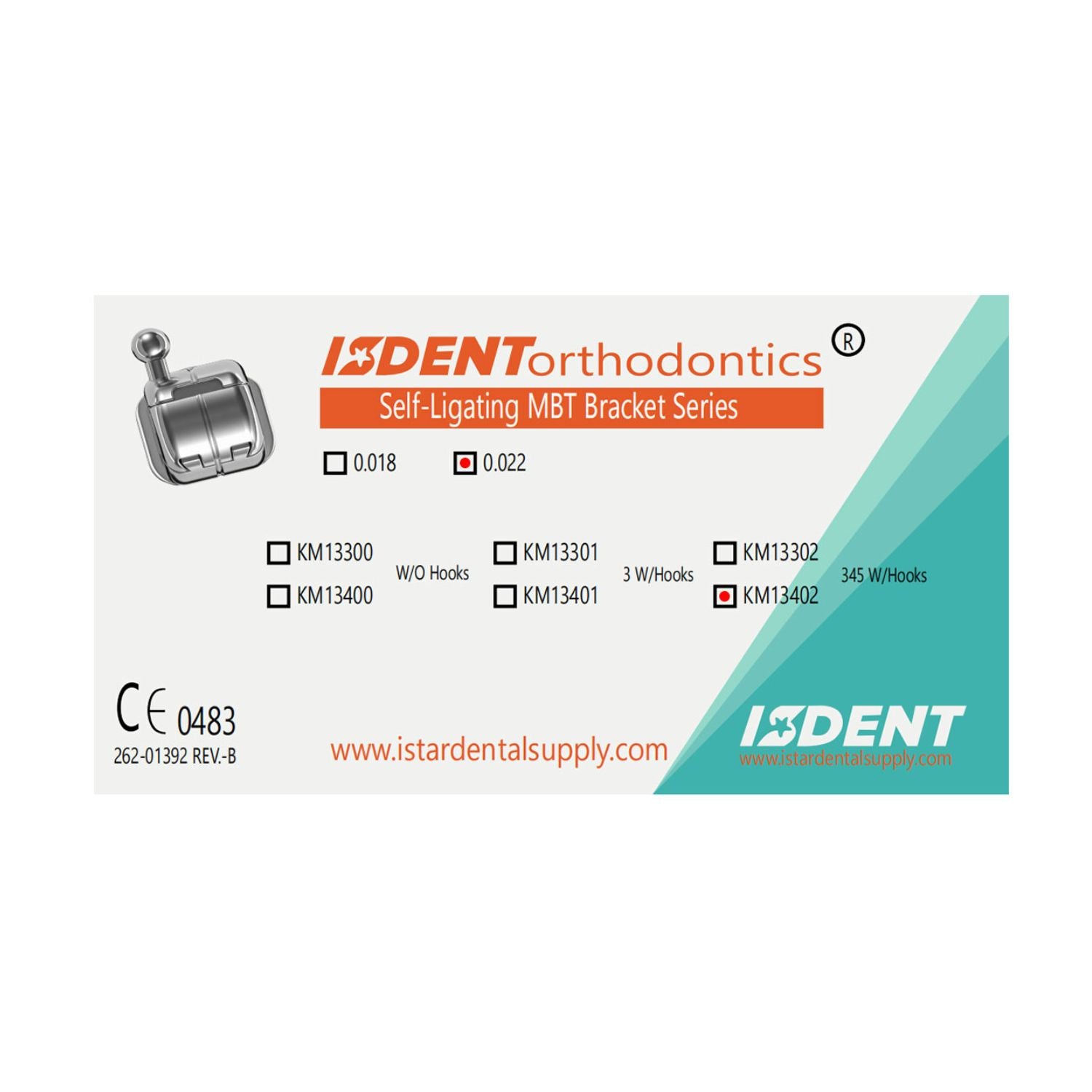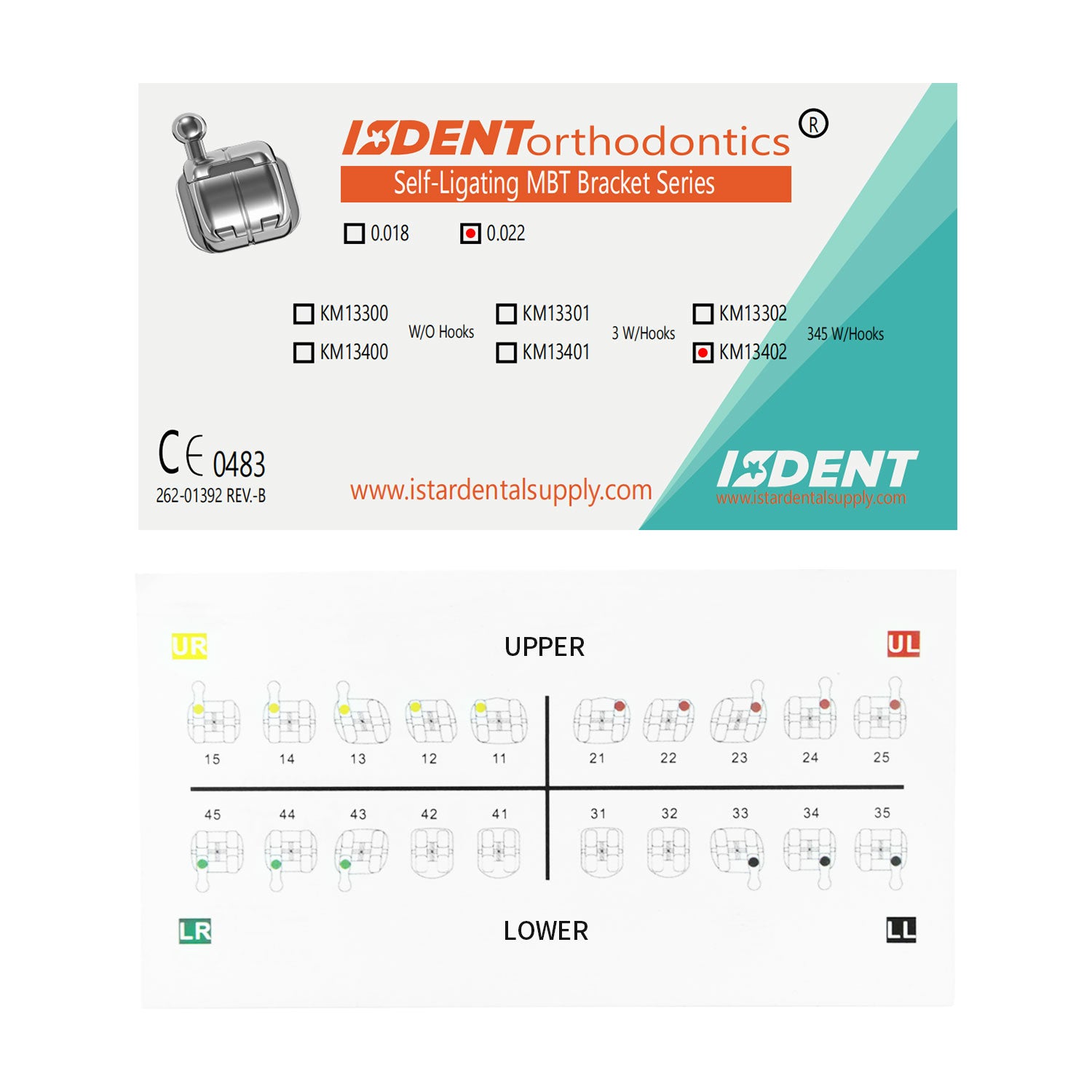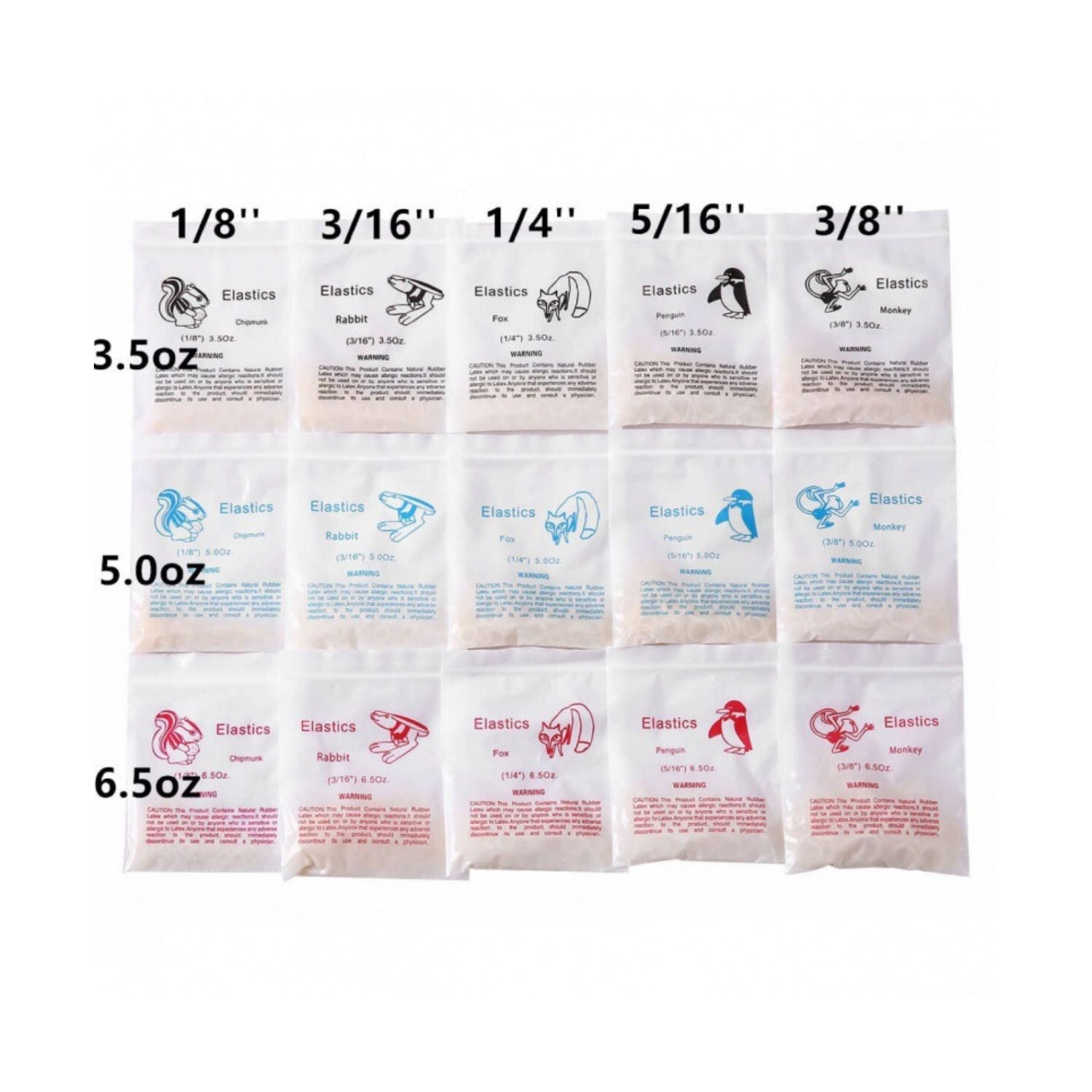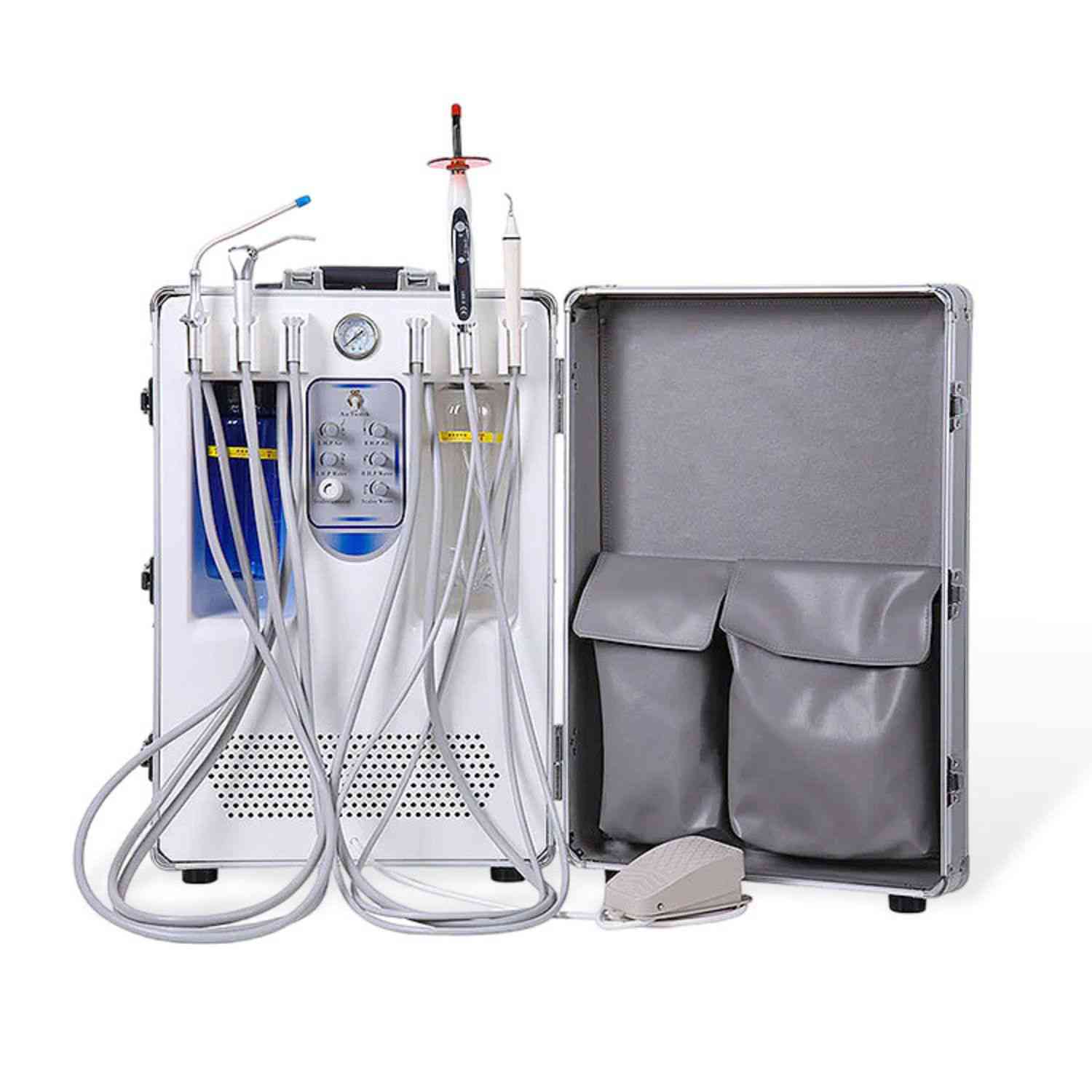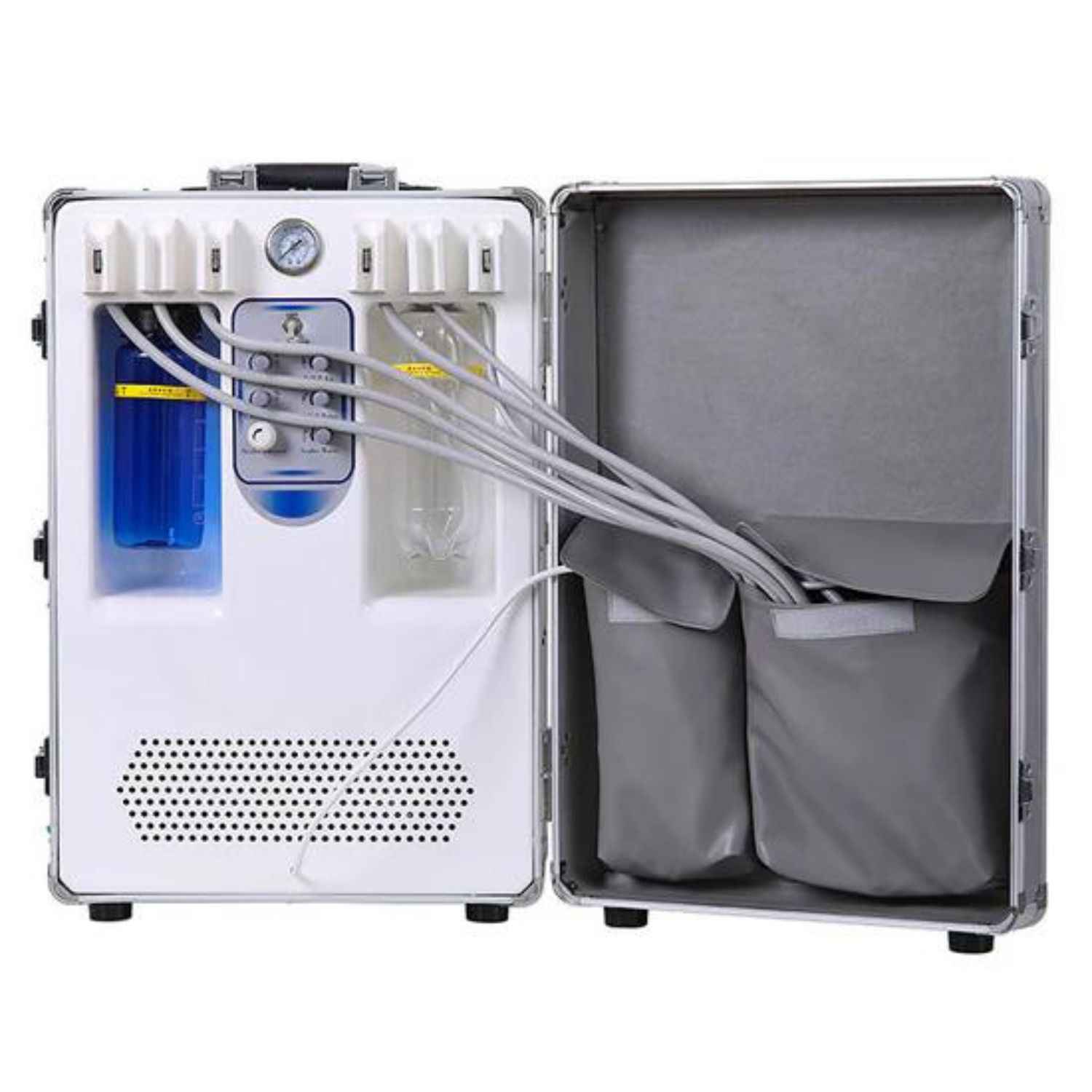Choosing the Right Dental Mirror: The Ultimate Guide for Your Practice
Over my many years in dentistry, I've learned that the simplest tools can make the biggest difference. The humble dental mirror is a perfect example. It's one of the first instruments we learn to use, yet its importance is huge. This ultimate guide will walk you through everything you need to know about this essential tool. We will cover the different types, materials, sizes, and how to care for them. This article is worth your time because choosing the right dental mirror can improve your view, make your work more precise, and even enhance patient care. It's a small choice that has a big impact on your daily dental practice.
What Is a Dental Mirror and Why Is It So Important?
A dental mouth mirror is a small, angled mirror attached to a handle. Its main job is to help a dentist or hygienist see parts of the mouth they can't see directly. Think about the back of the front teeth or the surfaces of the molars. Without a dental mirror, a proper examination would be impossible.
But this tool does more than just let us see. It has three key functions. First is indirect vision, which is seeing those hidden spots in the oral cavity. Second, it retracts tissue. You can use the head of the dental mirror to gently move the tongue or cheek out of the way. This gives you a clear, safe space to work. Third, it reflects light. By angling the mirror just right, you can shine your overhead light into dark corners of the mouth. This makes everything brighter and easier to see. It’s one of the most basic but most critical dental tools we use.
What Are the Main Types of Dental Mirror for My Practice?
When you start looking, you'll find there are a few types of dental mirror to choose from. It can be a little confusing at first. The main difference between the types of mouth mirrors is where the reflective surface is placed on the glass.
There are three main types of mirrors: plane, concave, and front surface. Plane mirrors are the most basic. The reflective layer is on the back of the glass, just like a bathroom mirror. They produce a "ghost image," which can be distracting. Concave mirrors have a curved surface. They provide a magnified image, which can be helpful for some tasks, but it can also distort the view. Then there are front surface mirrors, which many people believe are the best for general dentistry. Understanding these basic mirror types is the first step in selecting the right one for your practice.
Why Are Front Surface Mirrors the Top Choice in Dentistry?
This design is simple but brilliant. Because the reflective coating is on the top surface, light doesn't have to pass through the glass and back again. This totally eliminates the "ghost image" or double reflection you get with plane mirrors. This feature is critical for detailed work. It gives you unmatched clarity and improves your diagnostic accuracy. When you need to see tiny details on teeth and gums, you can’t afford a blurry or doubled image. Using front surface mirrors is one of the easiest ways to improve the quality of your dental work and achieve better patient outcomes.
What Are Mirror Heads Made Of?
The mirror head is the working end of the instrument, and what it’s made of matters for durability and performance. Most dental mirrors are made from glass, but the frame that holds the glass is usually made of metal. Stainless steel is the most common material used for the frame and the handle. I’ve always preferred stainless steel because it is strong, lasts a long time, and stands up well to repeated sterilization.
The part that connects the mirror head to the handle is also important. This is usually a threaded stem that screws into the handle. Most systems use what is called a cone socket design. This is a standard thread type, which means you can usually mix and match mirror heads and handles from different brands. This is great because you can find a handle you love and pair it with the best mirror head for your needs. For example, you can buy just the dental mirrors tops cone socket and attach them to your favorite ergonomic handles. This flexibility is a big plus in a busy dental practice.
Does the Size of the Mirror Head Matter for a Dental Examination?
Yes, the size of the mirror head absolutely matters. In dentistry, we have a few standard sizes, usually labeled as Size 4 and Size 5. A Size 4 mirror is a bit smaller, and a Size 5 is a bit larger. Larger mirrors can reflect more light and show you a wider area, which is great for a general dental examination.
When working with children or adults with small mouths, a large mirror can be clumsy and uncomfortable for the patient. A smaller mirror is also great for getting into tight spaces, like behind the last molar. It's also useful for retracting soft tissue in a very specific area. The best approach is to have both sizes on hand. Choosing the right size improves both your visibility and your patient comfort.
How Do I Choose the Right Mouth Mirror Handle?
The handle might seem like a small detail, but think about how many hours a day you hold it. A bad handle can lead to hand fatigue and even injury over time. That's why choosing an ergonomic handle is so important.
When you select the best mouth mirror handle, look for a few things. First, consider the weight. A lighter handle reduces strain. Second, think about the grip. A wider diameter and a textured surface, like those found on many ergonomic handles, can give you better control and comfort. Most mirror handles are made from stainless steel or a lightweight resin. They connect to the mirror head with a cone socket thread. Investing in a good metal handle or a resin one can make your workday much more comfortable. For more tips on comfort in the office, check out our post on selecting ergonomic dental stools.
How Do I Keep My Dental Mirror From Getting a Scratch?
A dental mirror is useless if the surface is damaged. A scratch on the mirror can distort the view and might even hide small details you need to see. I’ve seen many good mirrors ruined by improper care. The biggest enemies of your mirror are improper cleaning and handling. You should never use abrasive powders or rough brushes to clean them.
Proper care starts right after use. Rinse the dental mirror under water to remove any debris. Then, follow a strict sterilization protocol. Most high-quality dental mirrors are designed to withstand autoclaving, which is the standard method for sterilization. However, you need to be careful. Don't just toss them into a tray with other sharp dental instruments. This is how a scratch often happens. Also, check your mirrors regularly for signs of wear. Once a mirror is scratched, it’s time to replace it. A clear, perfect mirror is essential for providing quality dental care.
Should I Use a Double-Sided Mirror in My Dental Practice?
This is a great question that many dental professionals ask. A double-sided mirror has a reflective surface on both the front and the back. The main benefit is that it gives you two tools in one. You can use one side for indirect vision, and the other side can be used to retract the cheek or tongue.
The great thing about using the back of a double-sided mirror for retraction is that it still provides a view. As you pull the cheek back, you can see the teeth reflected in the mirror’s back surface. This can give you a better overall picture of the oral cavity. These mirrors offer better light reflection as well. It’s a small improvement, but in dentistry, lots of small improvements add up to a much better experience for both the dentist and the patient. While not essential, it’s a nice piece of dental technology that can make some dental procedures a little bit easier.
So, How Do I Choose the Right Dental Mirror for My Practice?
Alright, we’ve covered a lot. Now it’s time to put it all together. Choosing the right dental mirror comes down to balancing your needs for clarity, comfort, and durability. After years of trial and error, here is my simple formula to choose the right tool.
First, always pick front surface mirrors. The clarity you get is non-negotiable for high-quality work. You can even find a socket front surface rhodium set of 12 for a good price. Second, get at least two sizes: Size 4 and Size 5. This gives you the flexibility you need for different patients and procedures. Third, invest in comfortable, ergonomic handles. Your hands will thank you at the end of the day. Following these simple steps will help you get the right dental mirror for you. For a full selection, you can browse our catalog of high-quality dental instruments.
Are There Advanced Mirror Types I Should Know About?
The world of dental technology is always moving forward, and that includes the dental mirror. Beyond the standard types, there are now HD mirrors. These mirrors are designed to provide an even brighter and sharper image than standard front surface mirrors. They often have special coatings that make them more scratch-resistant and easier to clean.
Another advancement is related to the reflective coating. Some mirrors use rhodium. It's a very bright and hard metal that resists scratches and chemicals used during sterilization. This means the best mirror for you might be one with an advanced coating that lasts longer. Making sure your instruments are properly cleaned is also vital for patient safety. For a refresher, you can read our complete guide to autoclave sterilization procedures. While these advanced options cost a little more, the improved vision and durability can be a worthwhile investment for any serious dentist.
In Summary: Key Things to Remember
As we've seen, the dental mirror is more than just a piece of glass. Selecting the right one is an important part of providing excellent patient care. These mirrors are essential tools in our profession. Here are the most important things to remember from this guide to dental mirrors.
-
Always Choose Front Surface: For the clearest, sharpest, distortion-free image, front surface mirrors are the only way to go.
-
Size Matters: Keep both Size 4 and Size 5 mirrors on hand. Use the larger size for general exams and the smaller size for kids and tight spaces.
-
Comfort is Key: Invest in lightweight, ergonomic handles to reduce hand fatigue and improve your control during dental procedures.
-
Handle with Care: Protect your mirrors from getting a scratch by handling them carefully and using instrument cassettes during sterilization.
-
Inspect Regularly: Check your mirrors often for scratches or damage. A clear view is critical for your work and for good patient outcomes.

